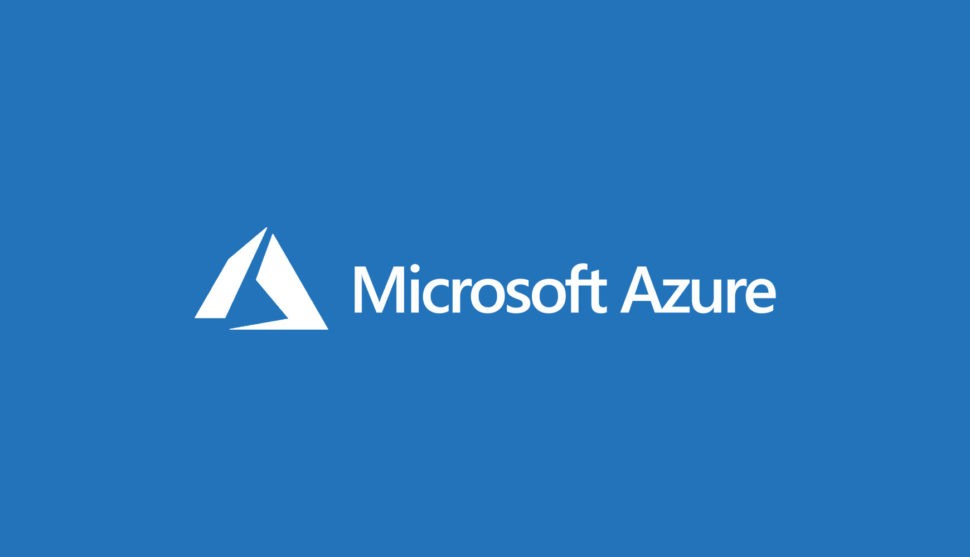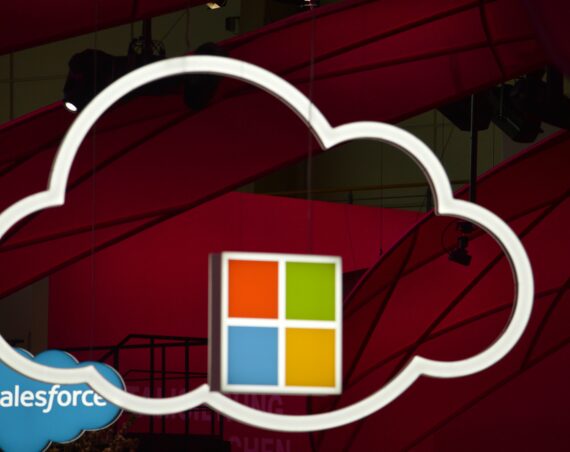
When you take a close look at typical enterprise IT budgets, you will quickly find that the biggest expense isn’t hardware, or even operating costs for that hardware. More than likely, you’ll find software development and maintenance as either the top line item or one of them.
A solution like Microsoft’s Azure Stack helps address this part of the hybrid cloud cost calculation. Building true hybrid applications requires a good bit of plumbing to make things work seamlessly. Microsoft knows this is a high priority for many customers, and it’s been rolling out Azure Stack support for many infrastructure pieces you’ll need to make everything work. It also supports third-party vendors, like Pivotal, to bring their Azure offerings to Azure Stack. This greatly expands the options available to development teams as they look to streamline and optimize their time to production.
Deployment Options
Microsoft went to market with Dell EMC, Hewlett Packard Enterprise, and Lenovo as initial partners. It has since added Avanade, Cisco, Huawei, and Terra to the list. Many of these vendors offer Azure Stack using the same pay-as-you-go model as public clouds offer. Initial equipment sizing will depend on specific workloads and user requirements.
Avanade also offers management services for its Azure Stack product to make it even more like public Azure. “We see Azure Stack unlocking new business opportunities for many of our customers looking to leverage their Azure experience. Azure Stack and Azure represent a consistent set of services across environments with strong security and support,” Steve Hunter, senior director of enterprise tech architecture at Avanade, said.
Limitations
Azure Stack will always be a few steps behind Azure public cloud in rolling out features. For example, Microsoft announced at its Ignite conference in September that private preview releases of Azure IoT Hub and Azure Event Hub would be available in the fourth quarter of 2018. Both of these services have been available in the public Azure cloud for quite some time but are just now making their way to the Azure Stack platform.
It is possible to start with the baseline capabilities of Azure Stack and develop against the Azure public cloud offering. This makes it possible to use geographically dispersed development teams to do the initial work on Azure using test data and then deploying to an Azure Stack system for production. While there isn’t complete parity between Azure and Azure Stack, the gap is closing rapidly, with many new capabilities being added on a regular basis. These new features are provided as updates and aren’t tied to a major release of the platform.
Third-Party Offerings
Pivotal Cloud Foundry provides a Platform-as-a-Service layer on top of both Azure and Azure Stack. PCF also happens to work on top of AWS, Google Cloud Platform, and VMware. Pivotal offers a portfolio of services and support for the most popular computer languages in use today, including Java. PCF has developed a solid customer base and looks to this partnership with Microsoft to extend its reach to Azure Stack customers as well.
Other vendors offering Azure Stack-approved applications include Commvault for backup, Checkpoint and Trend Micro for antivirus and network security tools, plus server operating system vendors like Canonical, Suse, and Red Hat (now part of IBM). Microsoft maintains a list of third-party marketplace items specifically qualified and available for Azure Stack. Bitnami provides a repository of cloud-ready applications that can be deployed directly to Azure or Azure Stack.
Bottom Line
Microsoft has strategically targeted Azure Stack at organizations looking to bring the cloud paradigm to bear on projects where the cloud just isn’t an option. This includes any number of disconnected environments like oil and gas or the cruise ship industry. Key here is the leverage of developers focusing on a consistent cloud platform like Azure to roll out new applications. They can also take advantage of Azure for the development process and then move the production-ready application over to an Azure Stack instance located literally anywhere in the world.


